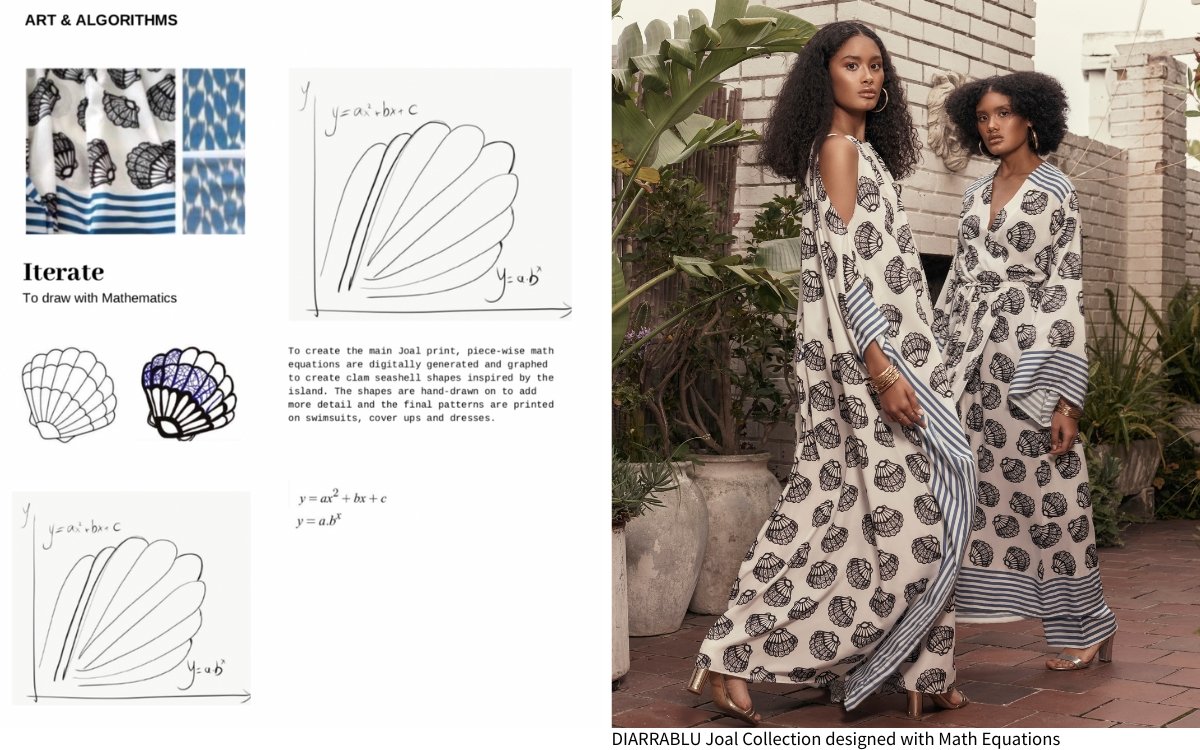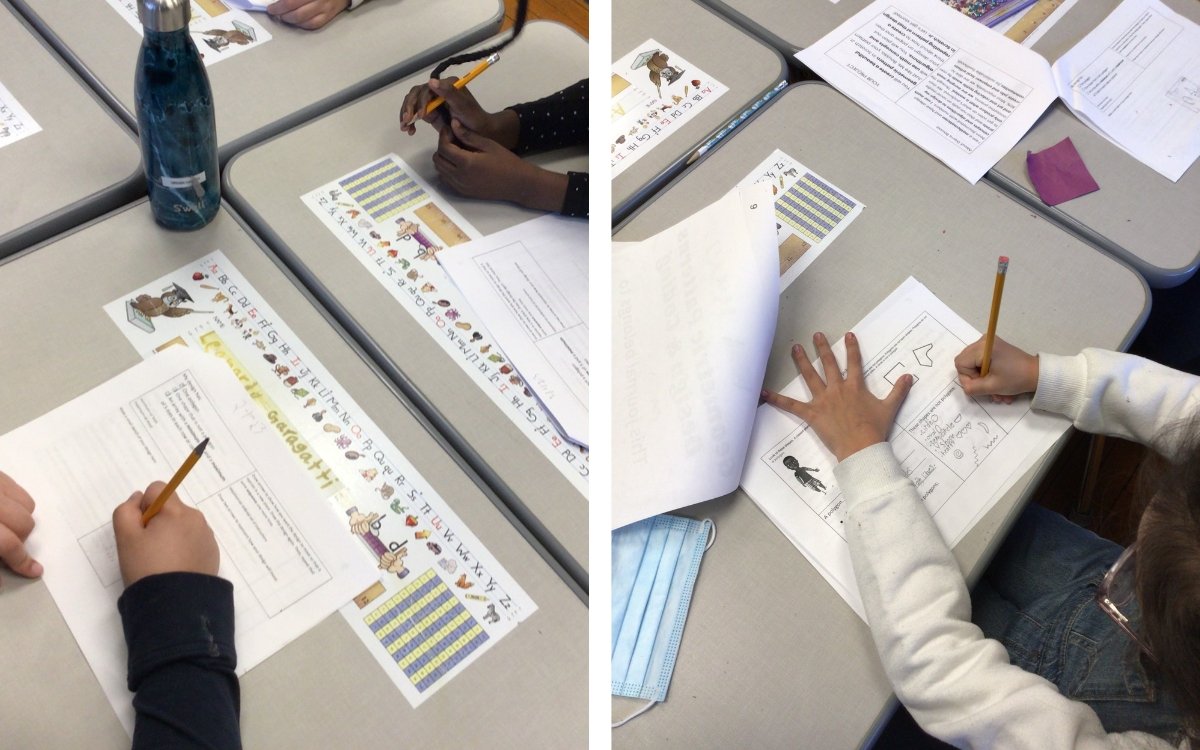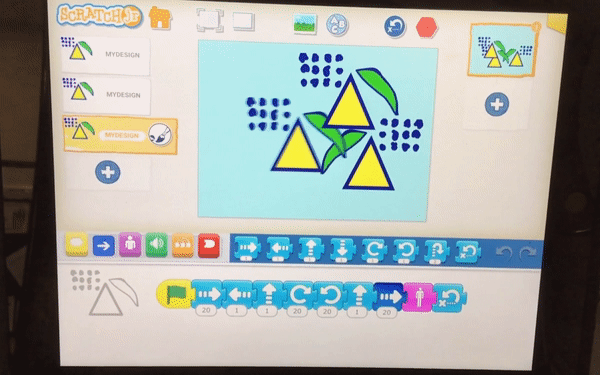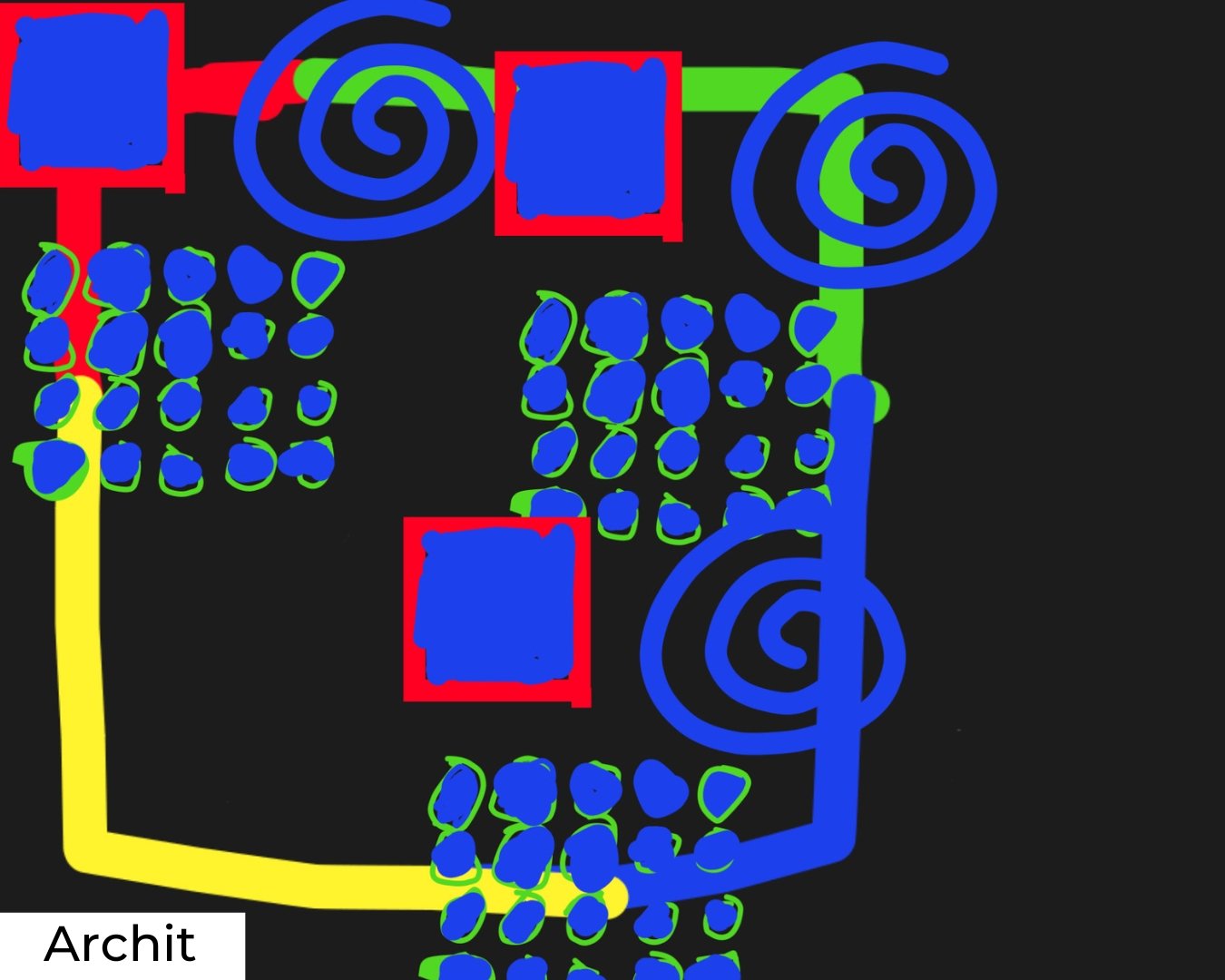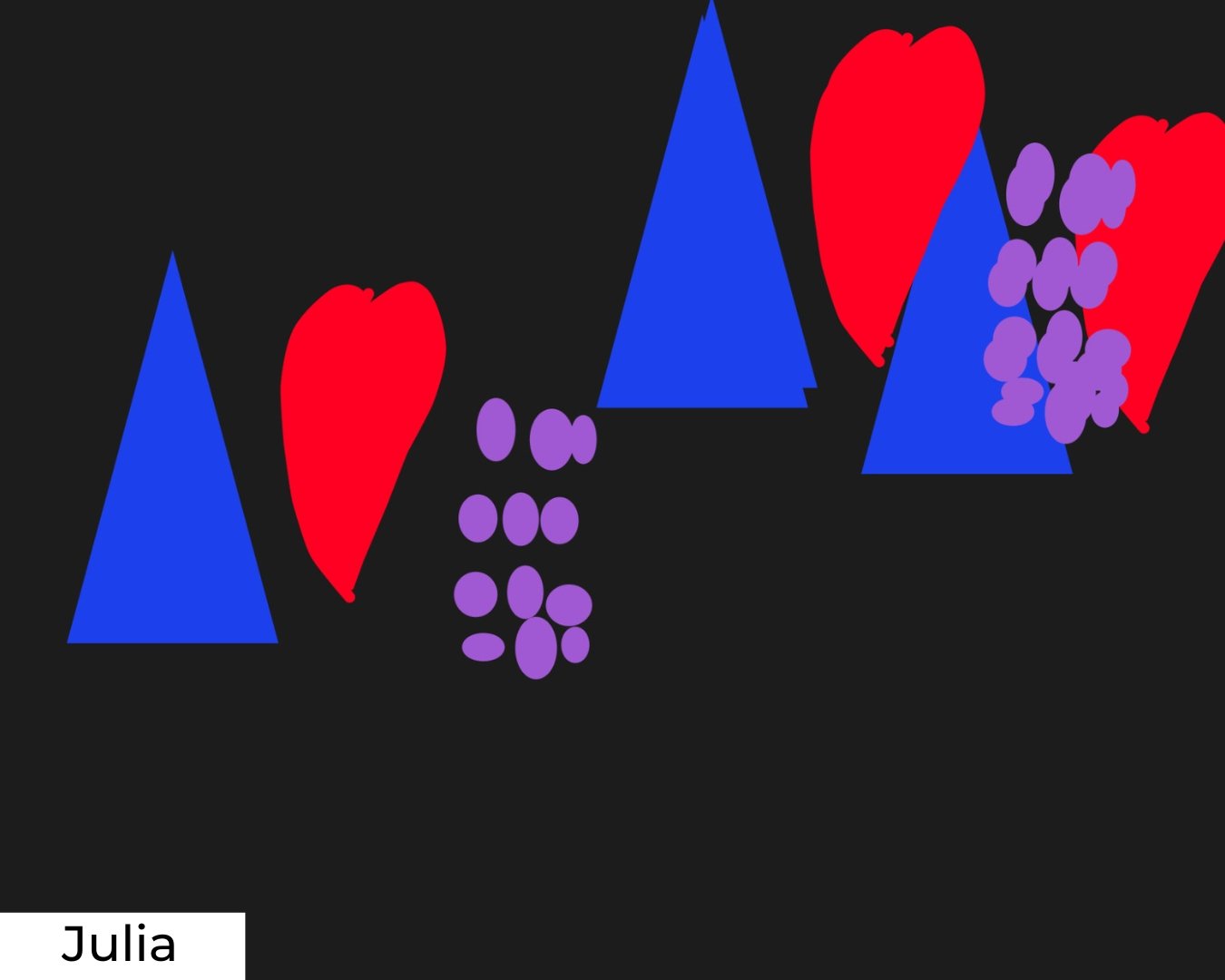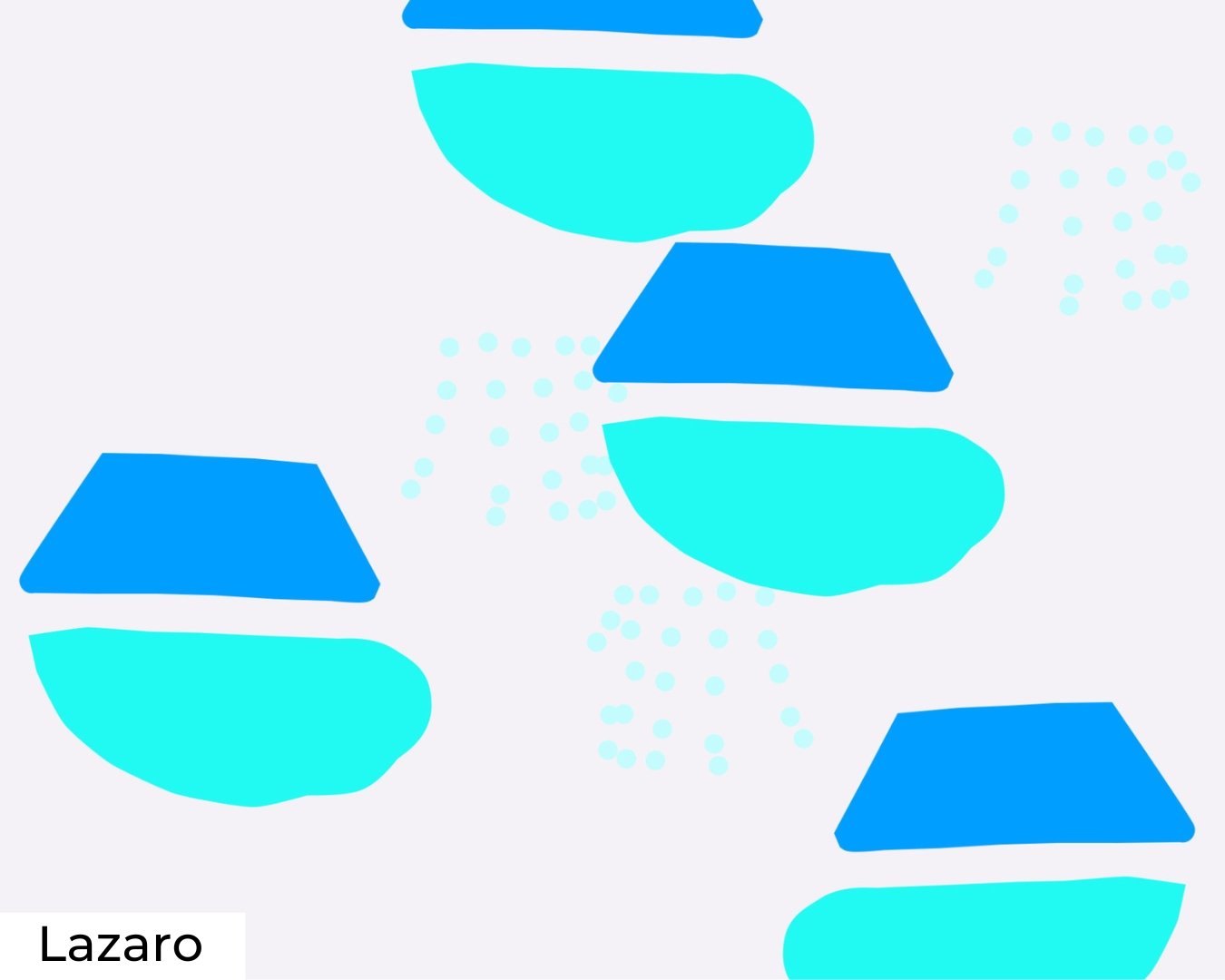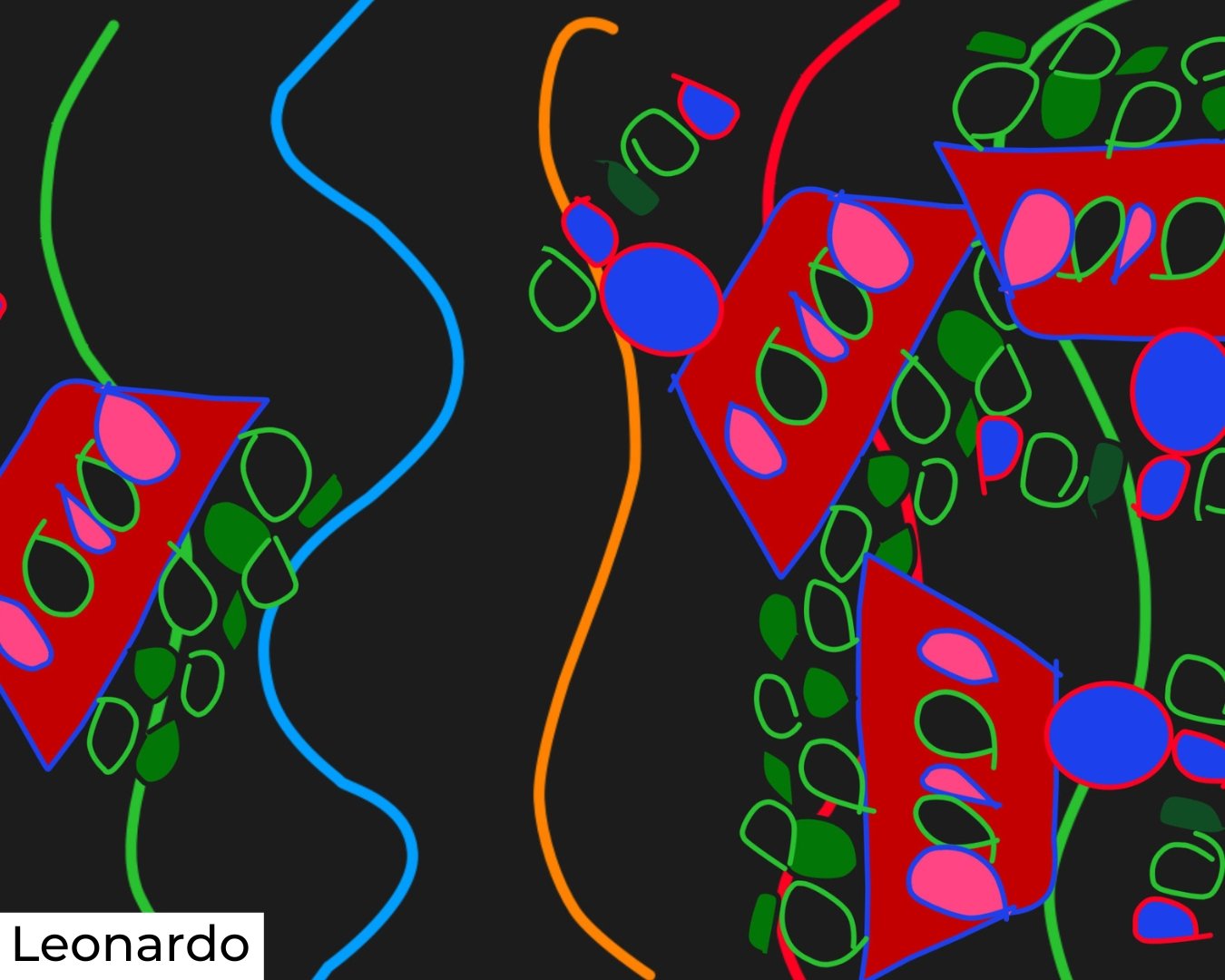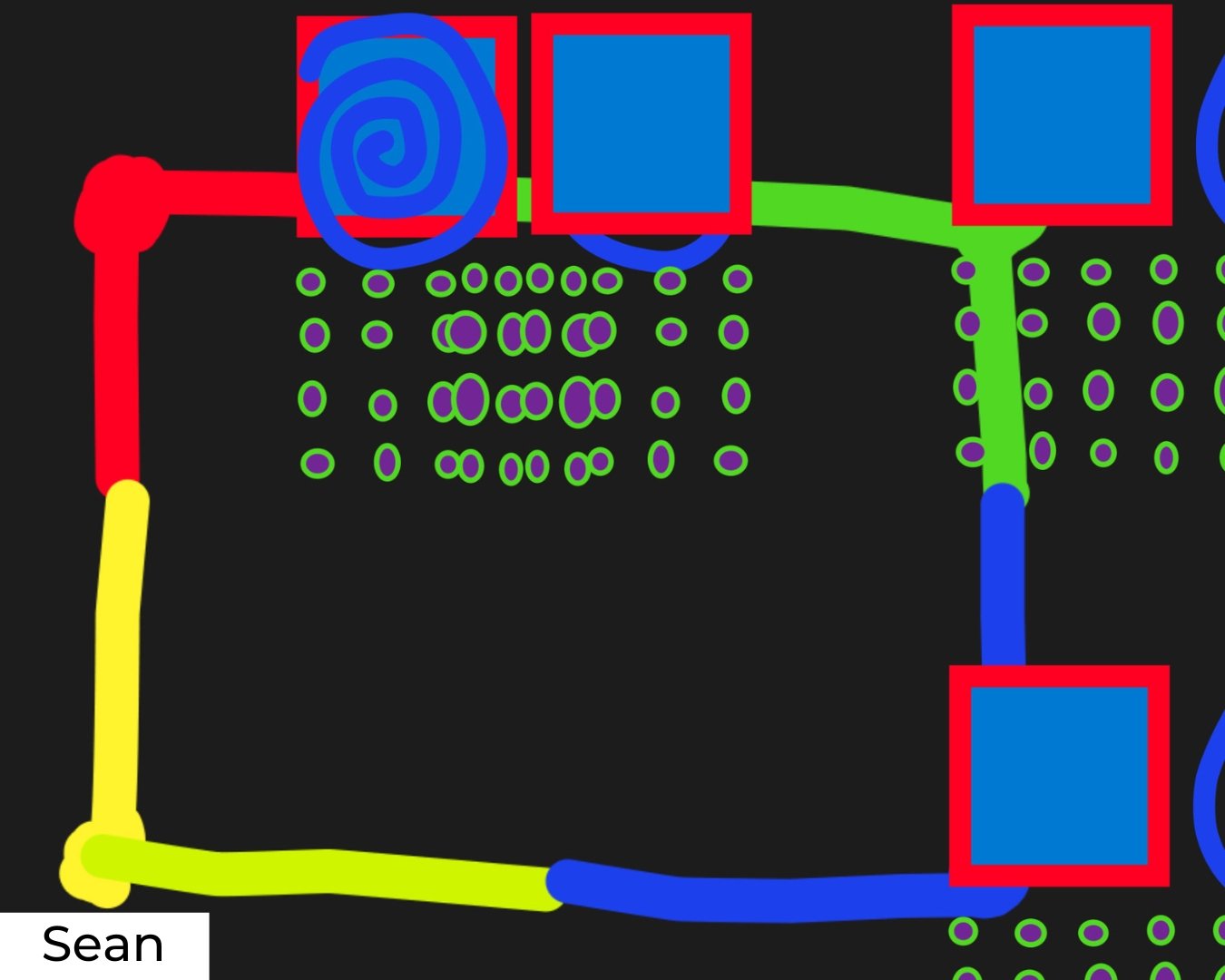MAY 13, 2023
How We are Transforming Math Education through Fashion, Art & Culturally Responsive Pedagogy
Inspiring teachers and students around the world
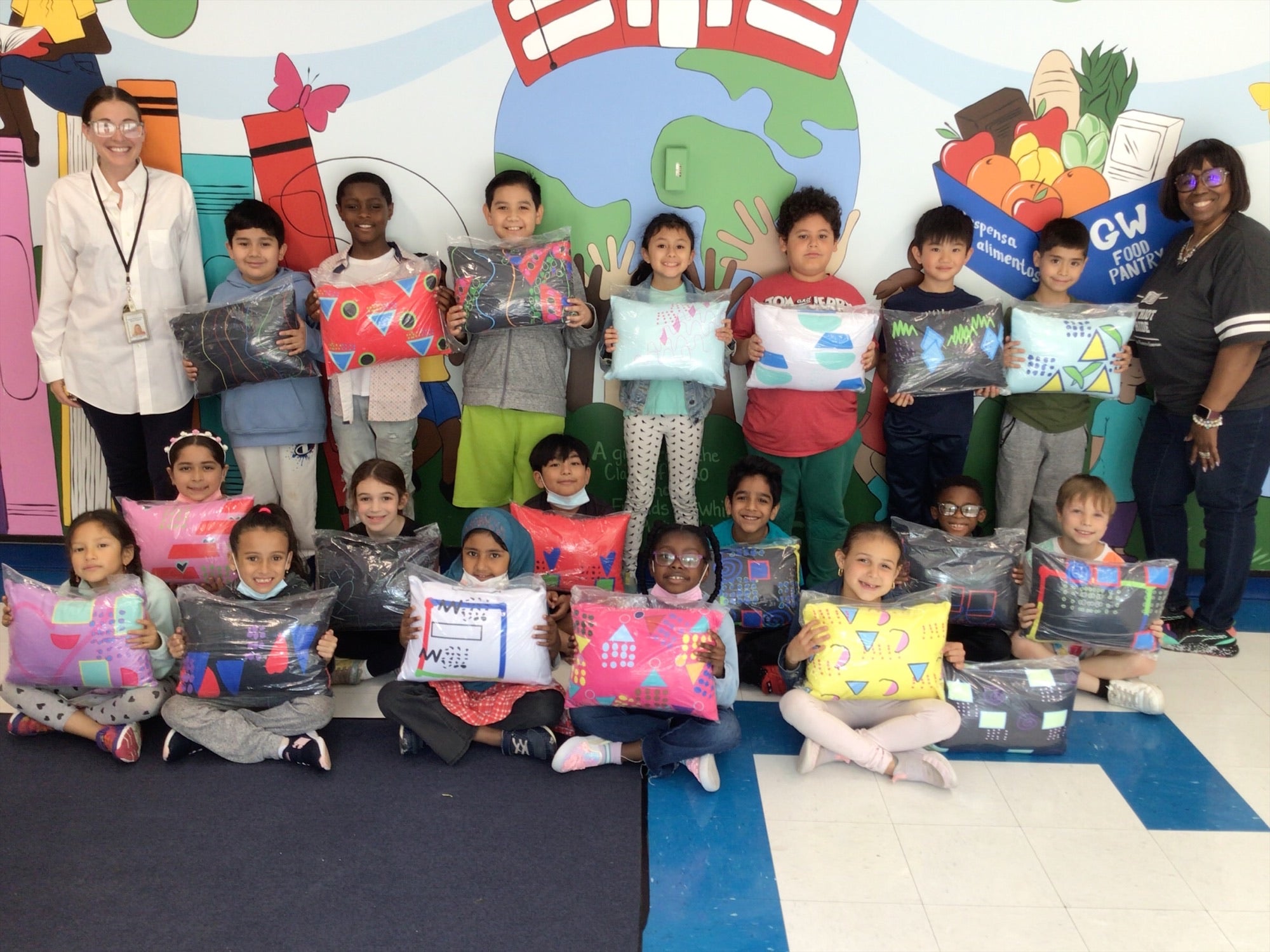
Students at the George Washington School in White Plains, NY, hold pillows printed with their designs. On the sides, the teachers Susannah (left) and Linda (right).
Having been a math teacher for five years, I have found so much fulfillment in this profession. Overseeing a hundred-plus high school students annually and instilling a love for mathematics in them has proven to be a challenge much greater than running a company. This experience has taught me a lot about people management and creativity and made me a better CEO today. Did you know that the majority of my designs come from math concepts, equations or algorithms?

Recently, I shared my innovative classroom approach with the American Math Society and CNN, and I was surprised to discover a burgeoning interest from teachers around the world seeking practical resources for implementing new creative teaching methods in their own Math classrooms. I have also shared my work with many graduate students hailing from universities in France, Senegal, The Netherlands or The USA among others as a resources for their thesis work exploring the future of Math education.
With the support of my Stanford professors Jo Boaler and Nancy Lobell, I developed lesson plans, focused on creative mathematics to share how I incorporate art to teach math in a unique way. These lesson plans covered topics such as designing coloring books using one variable equations and creating textiles using parent graph transformations. Initially, I created these lessons to share my passion for art with my students and provide them with a new perspective on math. However, I was thrilled to learn that these plans have been downloaded by thousands of teachers worldwide, making a positive impact in classrooms far beyond my own.
On February 17, I received an email with the subject "Greetings from an inspired math teacher". Little did I know I would be filled with magical emotions seeing textile designs created with mathematics and coding from 8 year old students I have never met.
Dear Ms. Bousso,
I hope you are doing very well. I am an elementary math teacher in White Plains, New York and I am writing to let you know that you are an inspiration to me and my students.
Our second-grade class has been working on a textile project that integrates geometry and coding. We explored textiles from around the world, discussed the geometric patterns we noticed, and learned about how they are made. Then, we created our own individual digital design "stamps" incorporating ideas about polygons, non-polygon shapes, and arrays. Finally, we each wrote a unique code that told our design to copy itself and transform in some way.
I am sharing this with you because you were our inspiration for this project. We learned about your business and took to heart your words of encouragement: "Find what makes you unique and embrace it." Your work provided my students with a real-world example of how we can use math and technology not only to create beautiful unique art, but as a way to reduce waste.
I have attached some photos so you can see how you have inspired these talented junior designers to create something special.
I hope this email encourages you to continue trailblazing.
Susannah.
After reading the email and remembering my amazing time as a Math Teacher, I knew I needed to put this out in the world. We invited Susannah for an interview to explain the beautiful work she is doing with her students. I hope this inspires you as it inspired me.

How did you first hear about Diarra's work?
Susannah: As a math teacher who has ties in Senegal–I used to work there, and my husband is Senegalese–Diarra has been on my radar for years. I admire the way she merges all these different passions into a business model. So when I started writing this unit on math, coding, and textiles, I looked her up again, thinking she could be a muse for our students as a real-world example of someone who uses math and technology to create textiles. Her work then became a source of inspiration for this project. As a mathematician, designer, and CEO of a sustainable fashion company with a mission to reduce waste, she is a role model for our students in so many ways.
Can you give us further information on the lesson plan?
Susannah: A group of colleagues and I received a grant through Mercy College and the Wipro Science Education Fellowship to work together on a project that would enhance STEM learning in our district. As a team, we are developing a framework for planning multidisciplinary learning experiences for elementary students that are authentic, inquiry-based, and culturally and historically responsive. We are inspired by Dr. Gholdy Muhammad’s notion that joy in teaching and learning is developed through the pursuits of identity, skills, intellect, and criticality. This project is one piece of a collection of lessons that our team is curating.
In this interdisciplinary project, students explore textiles from around the world and how they are made.
After learning about Diarra Bousso, a contemporary designer who uses math to create geometric prints, students create their own digital "stamp" and use block code to write a program that repeatedly reprints the design, forming their own unique patterns.
How can we use math and technology to create beautiful digital patterns? How can math and technology help minimize waste in the garment industry and other industries? Students explore these questions and more throughout the unit.
What inspired you to start this project?
Susannah: I am blessed with colleagues who inspire and encourage me. When I had this idea to develop a coding project about geometry and textiles, I knew exactly who to partner with.
My colleague Linda Smith, a second-grade teacher, is a master educator who is passionate about bringing experiences to her students that open their minds to possibilities and transport them out to the world beyond the classroom. We recently completed a course together where we developed our skills in teaching coding and robotics to young learners, so I knew she would be open to trying this project with me. To top it off, she often wears custom pieces made of African textiles, showcasing the beauty of the continent and brightening up our days.
In Linda’s class of 19 students, we have representation from five continents, which is not unusual for our district. White Plains is a truly international community, so as teachers, we strive to bring that global awareness into our classrooms. This textile unit offered an opportunity to explore traditions, technology, and patterns from all over the world, and to invite students to share pieces from their own cultures.
We are also fortunate to have the support of our administrators, who offer opportunities for us to develop new skills and collaborate with one another.

Linda: In February I continue to highlight Black history in my classroom. One of the things I do is wear textiles from Africa. We talk about the different shapes and colors, how every textile is unique, no pattern is the same.
We happened to be learning about geometry, and this project just flowed. The children were eager, they wanted to know why I wear these clothes. I ask them, “What do you notice? What do you discover? What do you see?” instead of just explaining everything. I want them to expand their comfort zone, think outside the box, guide the discussion and listen to what I have to share.
What does this project represent for you and your students?
Susannah: I was reminded through this project to follow my inspiration and see where the journey leads. It’s important to have an end goal in mind while staying open to new possibilities along the way. It also highlights that through partnership and collaboration, we can make magic happen in the classroom.
For our students, I hope this project empowers them to think of themselves as real mathematicians, coders, and designers. The designs they created using math and technology are beautiful and unique with universal appeal.
Linda: It’s an outlet; something they created based on what they learned in math. They created polygons and non-polygonal shapes. As teachers, we didn’t say what is right and what is wrong, we just guided them. This was a total group effort.
What are your biggest takeaways from this project and the children's reaction after working on it?
Susannah: In the Foreword to Dr. Gholdy Muhammad’s new book Unearthing Joy, Pharrell Williams writes about joy as a special kind of enlightenment: “When we are enlightened, we become interesting and we glow.”
Viewing each student’s unique design feels like getting a special glimpse of something sacred and interesting. Even though self-expression is abstract, each image communicates emotions, ideas, and a point of view. We don’t often think of math as an emotional subject, but it very much is. There is beauty when patterns fall into place and joy when things make sense. There is anxiety in facing the unknown and frustration when something is unresolved.
Swipe to view students' creations
Linda: I think it’s twofold. I learned another piece of technology that I can share with my students. Working collaboratively with a colleague, I realized that even if you’ve been teaching for a while, there’s still a possibility to grow. I just learned about coding in Scratch Jr., and if I don’t use it, I’ll lose it. I had my “aha” moment of “I can do this!” using Scratch Jr. but creating something different with a Sprite.
In this project, the children created their own Sprite. If we hadn’t worked collaboratively, I’m not sure I would have known that they could have created their own Sprite.
Watching the children use what they’ve learned was a thrill! They went for it! They took the guidance and ran with it. They had independence and they loved it. That’s what learning should be: inquisitive and introspective. Thinking outside the box. Being able to explain what you did. Putting a code to your ideas and using the code to make something perform an action for you. It shows me as an educator that they get it. If they can do this, they can break the code to unlock learning in reading or any subject.
You could hear a pin drop in the room during this project because they were actively engaged in their learning. If they were absent for a day they came back and wanted to finish. All the kids were successful. It was just success at every level. We have students learning English, but through the medium of math, they all were able to access the content. The language was not an issue.
What are the next steps?
Susannah: We are looking into ways to bring students’ designs to life. One idea is to order their designs printed on pillows that each student can keep. Also, Linda and I will be sharing our experience with this project at the Ten County Mathematics Educators Association Conference this spring. We will teach this again next year, and I hope to include more students now that we have piloted it with one class. This project will also live in our district’s Wipro Science Education Fellowship collection of authentic and culturally responsive learning experiences.

Textile design work from Ms. Susannah & Ms. Linda's students.
About the teachers
Susannah is an educator with a passion for designing engaging, interdisciplinary, student-centered learning experiences. A Math Instructional Specialist in the White Plains School District, Susannah is a Westchester STEM Ambassador, a Wipro Science Education Fellow, and teaches computer science in the summer with Giant Machines. She has Master’s degrees in Childhood and Special Education and certificates in International Baccalaureate Teaching and Learning and Bilingual Education. She lives in White Plains with her husband and three children.
Linda is a person who loves to see the joy of children learning, the sparkle and the twinkle in their eyes when they really get it. She is a passionate teacher who gives her time and energy to the students of the White Plains community for the past 25 years. She is culturally diverse and wants to see all children shine and reach their true potential. If she has a small part in that, she is thoroughly overjoyed. Linda loves family, butterflies, and bulldogs.

Textile design work from Ms. Susannah & Ms. Linda's students.
About the school
George Washington School is one of five K-5 elementary buildings in the White Plains City School District. We nurture a diverse population of approximately 600 students. GW follows a rigorous curriculum that supports inquiry, exploration, and discovery for all students. We recognize the infinite potential in our students and, as a result, provide STEM and Enrichment opportunities to all. Our school hosts a Dual Language Program and offers the full continuum of special education services in addition to robust services for our English as a New Language students. Our active PTA works tirelessly to offer supplemental experiences for our students to grow their fund of information further.
George Washington School
IG: Gwwp_patriots
Twitter: GWElem_WP
Facebook: GeorgeWashingtonSchoolPTA and George Washington School
Susannah
Twitter: @GWmath1
Youtube: @msg-wmath8199
LinkedIn: susannah-g-w



